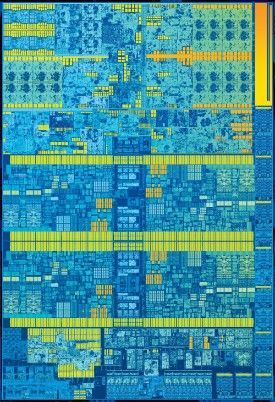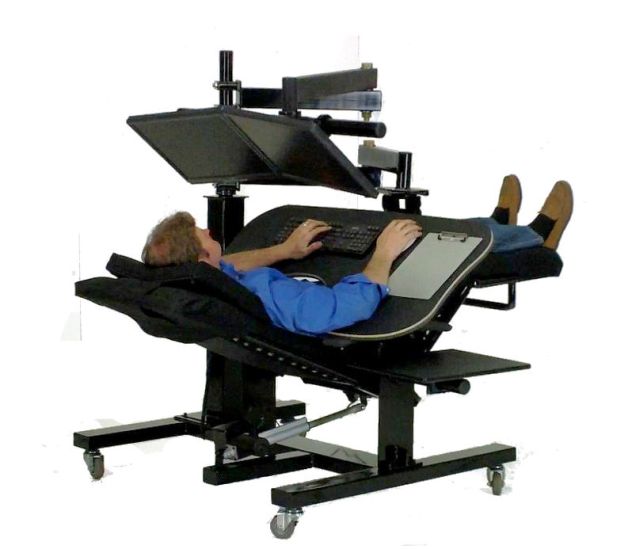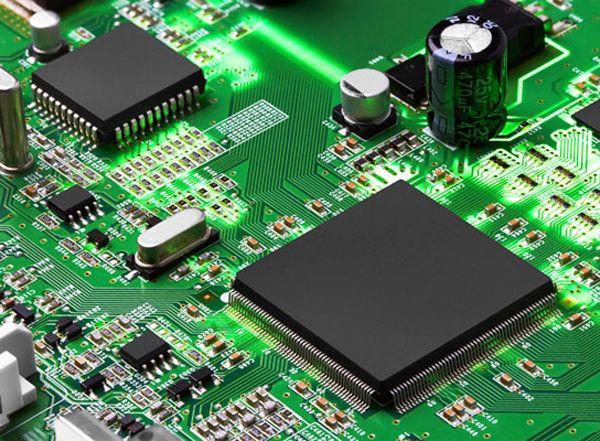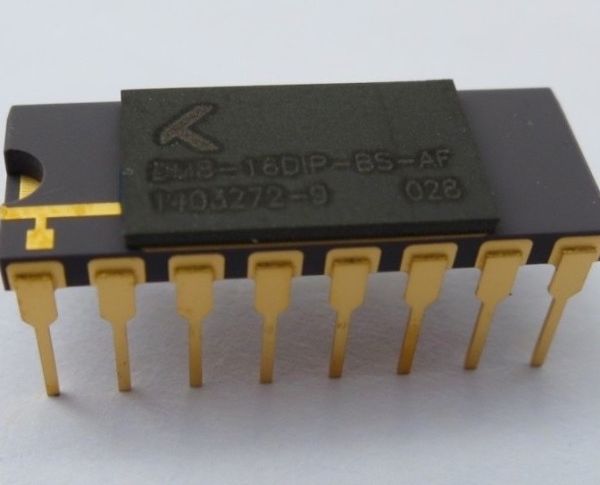Sep 11, 2015
The First Human Head Transplant Will Take Place in 2017
Posted by Albert Sanchez in categories: biotech/medical, computing, genetics, neuroscience
Italian neurosurgeon Sergio Canavero grabbed the world’s attention this past winter when he announced his plans to perform the first human head transplant. Many doubted that such an outrageous procedure would ever see the light of day. Now, Canavero has a date on the books.
Thirty-year-old Russian computer scientist Valery Spiridonov is set to become the world’s first head transplant patient in December 2017. Spiridonov suffers from a rare genetic muscle-wasting condition known as Werdnig-Hoffmann disease. There’s currently no known treatment.
As you might not want to imagine, the procedure will be filled with challenges and uncertainties. There’s the hair-raising possibility that the head will reject the body or vice versa. The spinal cord might not fuse properly. Even if everything goes well, there’s no telling whether Spiridonov’s mental capacities or personality will remain the same. He’s embarking on totally uncharted medical territory.

















